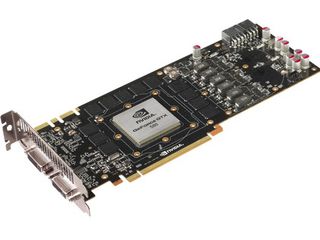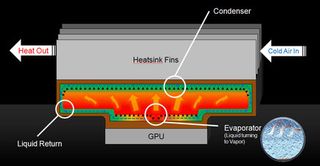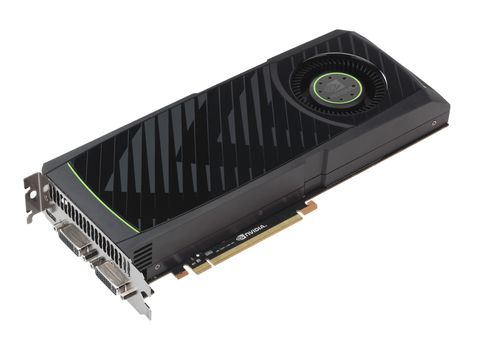Why you can trust TechRadar

The big change is obviously the addition of the final Streaming Microprocessor (SM) that was removed from the GF 100 chip in order to garner yields large enough to make the GTX 480 a viable card.
This means an extra 32 cores and one extra Polymorph engine added to the GTX 580's architectural make-up.
Essentially, then, it's the same chip as the one that powered the inaugural Nvidia Fermi card some seven months ago, although with the culled parts reintegrated into the final card.
Running with a core and shader clock of 772MHz and 1,544MHz respectively, it's also clocked higher than the GTX 480's 700/1,400MHz setup. The memory speed has also been upped to a jot above the 4GHz mark at 4,008MHz, a boost of some 312MHz.
It still comes with the same 1.5GB of GDDR5 graphics memory – running on a 384-bit memory bus – the GTX 480 had. With the possibility of AMD's top-end Caymen-powered cards coming with a 2GB memory block as standard, that could be a sticking point in big-screen gaming terms.
But there have also been some improvements in the GPU to improve performance. These include tweaks designed to boost the card's power in some texture-heavy applications. There's also an enhancement that will, according to Nvidia, improve the Z-cull efficiency – namely, the speed at which it analyses three dimensional depth on the GPU.
But that's not the whole story. If this were simply a slightly faster GTX 480, we wouldn't be quite so interested. As fast as that card was, it was also an incredibly hot and rather loud beastie.
The new GTX 580 isn't. We've had a conversation in a quiet room with twin GTX 580s in SLI running at full load without having to shout to be heard.
The key to this is the vapour chamber tech that Nvidia is now using in its reference cooler design.

Instead of the standard heat-sink/fan array, there's now a small pool of liquid in a chamber sitting atop the GPU. Once this heats up, it turns to vapour, transferring the heat away from the chip. Then it hits a condenser and turns back into liquid again. The heat is transferred into the heatsink on top of the condenser and a fan moves air across that in the usual fashion to finish the job.
All of which means the GTX 580 is quieter than any of Nvidia's last three top-end graphics cards.
Power consumption has been improved compared to the juice-hungry GTX 480 too. This is down to the improvements the green technicians have made at the transistor level. The key has been the use of low-leakage transistors on non-timing sensitive pathways, and higher-speed ones on critical paths where speed is of the essence.
What this all boils down to is a graphics card that is at once, faster, cooler, quieter and less power-hungry than the card it's replacing.
You listening AMD?
Current page: Nvidia GeForce GTX 580 - Architecture
Prev Page Nvidia GeForce GTX 580 - Overview Next Page Nvidia GeForce GTX 580 - Benchmarks
Your Sky TV just got 10 times better with a load of useful free updates

Researchers have used lasers on a material used in nuclear fuel to create a quasi-eternal data storage media — super-hard silicon carbide DVD-like discs could have a capacity of 677GB

Billions of Discord chats have been harvested, set to be sold online
